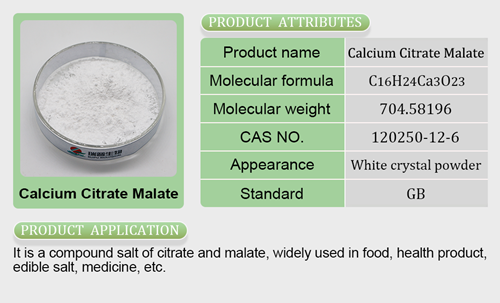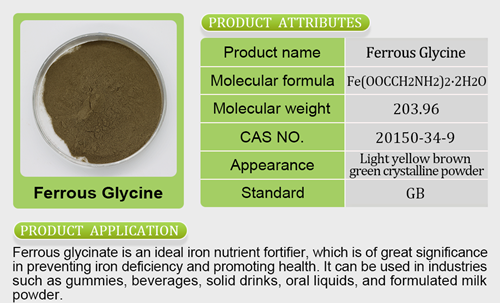Study: Vitamin fortification can cause off flavors in dairy milk
Value-added food and beverage products are becoming increasingly sought after by today’s health-conscious consumers who demand convenient ways to improve their daily nutrition. This desire is reflected by the rise of probiotic-infused items in both the health and indulgence spaces. In fact, the amount of probiotic label claizinc gluconate nedirms have caused concern in the industry, with some claiming consumers will buy unhealthy foods that feature 1 zinc for skina value-added label claim because they believe that means it is a healthier product. ###The value-added ingredient trend is strongest in the beverage space.zinc supplem
it is a healthier product. ###The value-added ingredient trend is strongest in the beverage space.zinc supplem ent liquid Beverages like drinkable yogurts, kombucha and drinking vinegars all are considered healthy for their probiotic qualities, driving huge sales gains in each category. Even a vitamin-infused line of coffee and tea and a cocktail with vitamins and minerals from all-natural, non-GMO food sources, have been introduced.###Dairy milk, however, is not viewed as the healthiest in its the segment, despite its added vitachelated zinc meaningmins. Strong marketing campaigns by plant- and nut-based milk companies have positioned dairy alternatives as trendy and n
ent liquid Beverages like drinkable yogurts, kombucha and drinking vinegars all are considered healthy for their probiotic qualities, driving huge sales gains in each category. Even a vitamin-infused line of coffee and tea and a cocktail with vitamins and minerals from all-natural, non-GMO food sources, have been introduced.###Dairy milk, however, is not viewed as the healthiest in its the segment, despite its added vitachelated zinc meaningmins. Strong marketing campaigns by plant- and nut-based milk companies have positioned dairy alternatives as trendy and n utritious. For example, pea milk manufaccanprev zinc bis glycinate 50turer Ripple created a consumer-facing game that teaches users that pea milk has more nutrients than dairy milk.###Dairy milk also has dipped in popularity because of its high fat content, relatively shorter shelf life and, for some consumers, its distinct flavor.
utritious. For example, pea milk manufaccanprev zinc bis glycinate 50turer Ripple created a consumer-facing game that teaches users that pea milk has more nutrients than dairy milk.###Dairy milk also has dipped in popularity because of its high fat content, relatively shorter shelf life and, for some consumers, its distinct flavor.  As this study shows, added vitamin fortification could result in flavors that might cause consumers to worry their dairy milk has gone bad or is of poor quality. To better compete with alternative disruptors, dairy manufacturers should invest in solutions to mitigate the impact vitamins have on flavor. ###Milk producers should take this strategy one step further and advertise the value-added aspect of dairy milk in the same way plant-based producers do. It’s possible many consumers are unaware of the vitamin A and vitamin D mixes that are added to dairy products, and knowledge of these nutritional benefits could lure some back to traditional dairy.###However, that this strategy could backfire in the organic milk space. Consumers who value organic dairy view it as a product untouched by human processes beyond pasteurization — despite the fact that it isn’t always true. Drawing attention to added vitamin profiles could undermine this perception.
As this study shows, added vitamin fortification could result in flavors that might cause consumers to worry their dairy milk has gone bad or is of poor quality. To better compete with alternative disruptors, dairy manufacturers should invest in solutions to mitigate the impact vitamins have on flavor. ###Milk producers should take this strategy one step further and advertise the value-added aspect of dairy milk in the same way plant-based producers do. It’s possible many consumers are unaware of the vitamin A and vitamin D mixes that are added to dairy products, and knowledge of these nutritional benefits could lure some back to traditional dairy.###However, that this strategy could backfire in the organic milk space. Consumers who value organic dairy view it as a product untouched by human processes beyond pasteurization — despite the fact that it isn’t always true. Drawing attention to added vitamin profiles could undermine this perception.